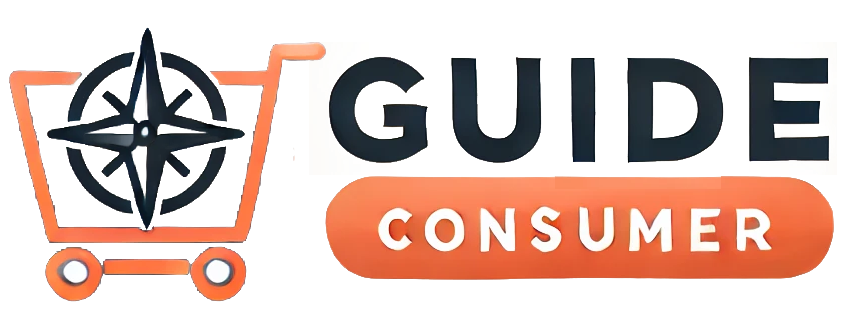Few things hit household budgets quite like a sudden spike in gas prices. When filling up starts to feel painful, it’s natural to look for every possible way to stretch your tank. The good news is you don’t have to completely change your lifestyle or buy an electric car to cut fuel costs. Small adjustments to how you drive, maintain your vehicle, and plan your trips can lead to real savings.
Here’s a practical guide on how to keep more money in your wallet—even when gas prices soar.
Drive More Smoothly and Avoid Aggressive Habits
The way you drive has a major impact on fuel consumption. Rapid acceleration, hard braking, and speeding all burn extra gas.
-
Accelerate gently and allow your car to ease up to speed.
-
Maintain a steady pace instead of frequent speeding up and slowing down.
-
When you see a red light or stop sign ahead, coast early instead of braking hard at the last moment.
These small adjustments reduce strain on your engine and can improve your gas mileage by 10% to 30%.
Stick to the Speed Limit
Most cars achieve their best fuel economy between 50–65 mph. For every 5 mph you drive over 50, it’s like paying an extra 15–20 cents per gallon.
-
On highways, using cruise control helps keep a consistent speed and prevents unintentional speeding.
-
If you’re willing to slow down just a bit on long trips, you’ll see noticeable savings at the pump.
Keep Your Tires Properly Inflated
Underinflated tires create more rolling resistance, forcing your engine to use more fuel.
-
Check your tire pressure at least once a month and before road trips.
-
Inflate to the recommended PSI found in your car’s owner’s manual or inside the driver’s door.
Properly inflated tires can improve gas mileage by up to 3% and extend the life of your tires.
Lighten the Load
Extra weight means your engine works harder. Cleaning out your trunk or cargo area can give you an easy mileage boost.
-
Carrying an extra 100 pounds in your vehicle can reduce fuel economy by about 1%.
-
Also remove unnecessary roof racks, cargo boxes, or bike racks when you’re not using them. These add drag and lower highway fuel efficiency.
Limit Idle Time
Idling gets 0 miles per gallon. Many people let their cars run to “warm up” longer than needed or wait with the engine on.
-
Modern engines only need about 30 seconds to warm up.
-
If you’ll be stopped for more than a minute (except in traffic), turn off your engine.
Reducing idle time saves fuel, cuts emissions, and prevents unnecessary engine wear.
Use Air Conditioning Wisely
Running the AC can increase fuel use by up to 20%, especially in city driving.
-
On mild days, use the fan or open windows at low speeds.
-
At highway speeds, rolled-down windows cause drag, so using AC might be more efficient.
Find a comfortable balance—small adjustments like using AC on a moderate setting or switching to recirculate mode reduce strain on the system.
Plan and Combine Your Trips
Cold engines use more fuel, so several short trips from a cold start can consume twice as much gas as one longer trip covering the same distance.
-
Try to combine errands into a single outing.
-
Map out your stops to avoid backtracking.
-
Shop during off-peak times to avoid traffic jams that waste gas idling and crawling.
Keep Up With Vehicle Maintenance
A well-maintained car runs more efficiently.
-
Replace air filters if dirty so your engine breathes properly.
-
Use the manufacturer’s recommended grade of motor oil.
-
Pay attention to your check engine light—something as simple as a malfunctioning oxygen sensor can drop fuel economy by up to 40%.
Routine tune-ups help your engine run at its most efficient.
Be Smart About Where and How You Fill Up
You can’t control global oil prices, but you can shop smart.
-
Use apps like GasBuddy or Waze to find the cheapest stations nearby.
-
In many areas, gas is often cheapest early in the week—Monday or Tuesday.
-
Avoid stations right off highways or in high-rent areas, which often charge more.
Also, try to fill up during cooler times of the day (early morning or evening). Fuel is denser when it’s cooler, meaning you technically get slightly more energy per gallon.
Use Loyalty and Rewards Programs
Many gas stations offer free rewards programs that give discounts or cash back.
-
Grocery store chains often have fuel perks tied to your spending.
-
Some credit cards give higher cash back rates on fuel purchases—just be sure to pay off your balance monthly so interest doesn’t erase your savings.
Even small per-gallon savings add up over dozens of fill-ups each year.
Consider Alternative Transportation When Possible
Every mile you don’t drive saves you money on fuel, plus reduces wear and tear on your vehicle.
-
For short trips, consider biking or walking.
-
Try carpooling with coworkers or neighbors.
-
If public transit is available, using it even once a week helps cut your fuel costs.
Prepare for Long Trips
If you’re heading on a road trip:
-
Pack strategically to avoid unnecessary weight.
-
Make sure tires are properly inflated and fluids topped off.
-
Plan your route to avoid traffic-prone times or construction delays that leave you burning fuel in stop-and-go jams.
When gas prices spike, it’s easy to feel powerless. But by driving more smoothly, maintaining your vehicle, watching your speed, and being a little strategic with your errands and fueling habits, you can keep more money in your pocket.
Remember: small habits add up. Improving your fuel economy by even 5% might not sound like much, but over months of driving, it can mean hundreds of dollars saved—and fewer stops at the pump.


